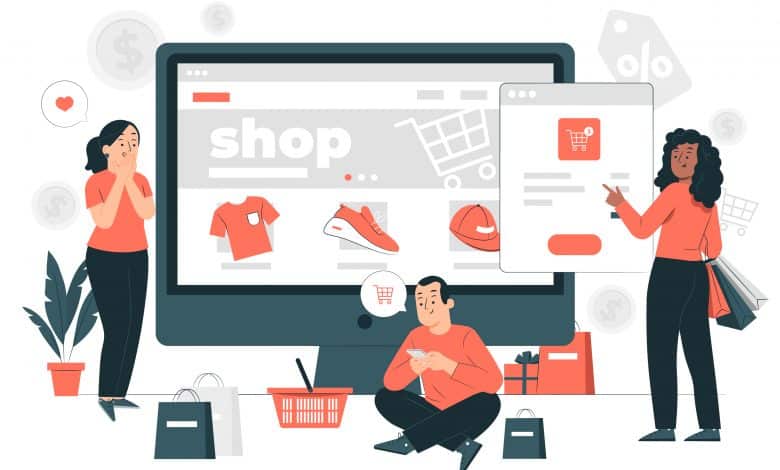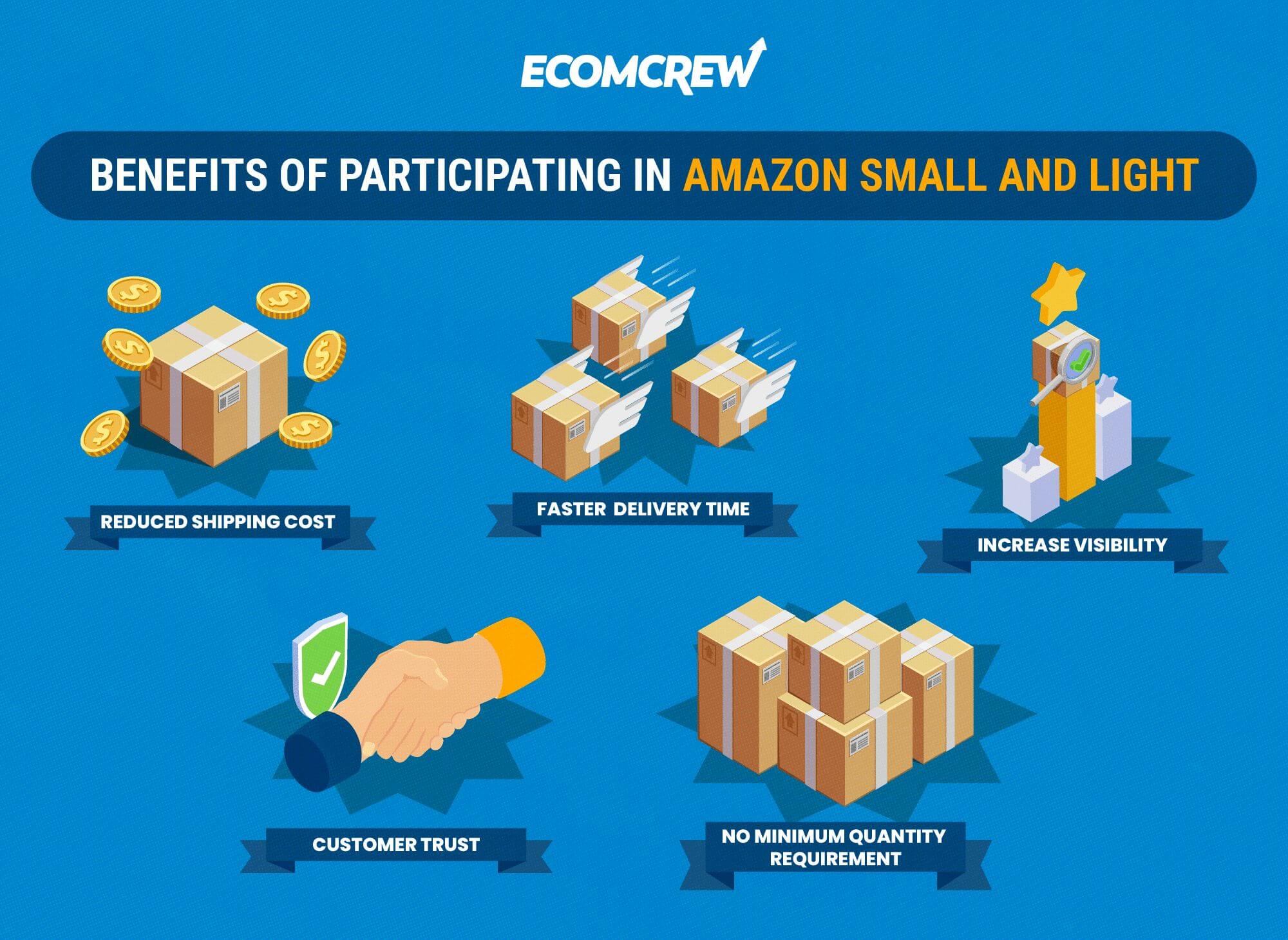Selling on Amazon in Europe: Everything You Need to Know

Are you an existing Amazon seller looking to expand your business? Well, selling on Amazon in Europe could be a lucrative move for you. With over 300 million Amazon users in Europe alone, there's no better time to take advantage of this vast marketplace.
That being said, selling on Amazon in Europe can be challenging, especially if you're not familiar with the market. In this post, we'll provide you with everything you need to know about selling on Amazon in Europe.
Which Countries Is Amazon Available In?
Amazon has a significant presence in Europe, and it operates in 27 countries in total. These countries include the UK, Spain, Germany, France, Italy, and the Netherlands, just to name a few.
From one Seller Central Account, you can sell in multiple countries at once. But a word of warning—once your inventory makes it into any of these, you must register for value-added tax (VAT) and then begin filing VAT returns, depending on the rules of each country.
Sound confusing? That's because it kind of is!
Does Amazon Have FBA in Europe? How Does It Work?
Yes, Amazon does have Fulfillment by Amazon (FBA) in Europe. Through FBA, sellers can store their products in Amazon's warehouses and let Amazon take care of the fulfillment process, including shipping, customer service, and returns.
Once a customer places an order on one of the European marketplaces, Amazon will pick, pack, and ship the item to them. And just like on Amazon US, if you are selling using FBA, you often get a bit of extra “algorithm juice” on the marketplace compared to when you self-fulfill your orders.
What Are the Benefits of Selling on Amazon Across Europe?
The obvious answer is increased revenue, profit, and brand exposure. But it's not all cupcakes and rainbows.
It can be particularly difficult to get traction with your brand or product if you don’t do your homework properly. Check the competition before you enter a new country.
As an example, I was born in the UK, and one thing that is inherent in our culture is to check the prices of everything! As a result, Amazon UK is very sensitive to price, so make some calculations to see if it will work for your business.
Which Country Should I Pick As My Base?
When it comes to choosing which European country to base your Amazon business in, there are a few key factors to consider.
First, you should look at the size of the market in terms of both population and buying habits.
Second, you should consider the language, both spoken and written. How is your German? It's the biggest marketplace, but if you can't understand any German, maybe try the UK first if English is your mother tongue.
Lastly, you should research the competition. To better understand how well-established it is and whether there are any opportunities for you to enter.
Fortunately, we have a great guide you can check out on all of the Amazon marketplaces around the world.
Once you decide on a specific country, the next step is to open an Amazon seller account in that particular marketplace.
This will require giving your business details such as contact information and banking details. In order to make sure you are compliant with local laws, it is important to thoroughly research the legal requirements for selling in that country. If you are already selling in the US, it is pretty straightforward. Once you have an Amazon seller account set up, it is time to start listing your products.
Related Reading: How to Optimize Amazon Product Listings
Where Should I Sell?
When deciding where to sell, it's essential to consider which marketplaces are most profitable for your business. Germany, the UK, and France are the largest Amazon marketplaces in Europe.
However, other markets like Spain and Italy have experienced significant growth in recent years and are becoming increasingly popular. As more and more people get used to shopping on Amazon, these smaller territories are certain to grow in terms of customers, and for us, opportunity.
Consider testing each marketplace if logistics allow, to see where your product sells best.
TOP TIP: Use an AI tool like ChatGPT to translate listings, into the language of your choice.
Amazon in Europe: Statistics and Facts
| Country | Visitors in April 2023 (in millions) | Revenue 2022 (in billion) | Top Competitors |
|---|---|---|---|
| UK | 345.4 | $30.074 | eBay, Etsy, Wayfair |
| Germany | 433.6 | $33.6 | eBay, Otto Market, Zalando |
| France | 159.1 | $5.4 | Cdiscount, eBay, AliExpress |
| Italy | 162.3 | $5.28 | eBay, Subito, Zalando |
| Spain | 131.1 | $5.55 | El Cortes Inglés, Carrefour |
| Netherlands | 21.5 | $0.809 | Bol.com, Marktplaats.nl, Zalando |
| Sweden | 13.9 | $0.117 | Clas Ohlson, Aliexpress, eBay |
| Poland | 13.7 | $0.2256 | Allegro.pl, Olx.pl, Aliexpress |
| Belgium | 10.9 | $0.053 | Bol.com, Coolblue.be, Aliexpress |
What About VAT?
As a seller on Amazon in Europe, you'll be required to register for VAT if you do not reside in that country. For the purposes of this blog post, I’ll assume you are a resident of the USA.
Slightly different from the US, most retail prices in Europe include VAT. So, even though the tax is added to the price of goods and services, the buyer doesn’t have to think about any potential tax add-ons. The tax amount is collected and then paid to the government by you as a seller.
Each country has its differing VAT rates, and it's your responsibility as a seller to ensure you comply with their rules and regulations.
For example, in the UK the current VAT rate is 20% and you need to make a filing every 3 months.
In Germany however, the VAT rate is 19% and you need to file every month.
So, in short, check the law in each country before you decide to sell there!
How To Get Started with Selling on Amazon in Europe
The process of selling on Amazon in Europe is much the same as selling on Amazon in the US. You'll need to create an Amazon seller central account, list your products, and then wait for the orders to come flying in! Easy right?
That being said, you'll need to ensure you have proper documentation and comply with each country's regulations. It's advisable to seek the advice of a tax accountant or legal expert to ensure you meet any legal requirements.
What Is the Pan-EU Scheme?
The Pan EU scheme is a program that allows sellers to store their inventory in fulfillment centers across Europe. Your inventory will then be sold across Amazon's five European marketplaces, and you'll only need to manage your inventory through your single seller central account.
This program makes selling across Europe more manageable and can significantly reduce costs and shipping times.
Pan-European shipping allows Amazon sellers to store their products in warehouses in different European countries. This way, the products start being exported to these countries and shipped to the end customers from there.
Benefits and limitations of the Pan EU program include
- Faster Prime delivery for customers
- Lower costs for sellers, as they get local shipping rates
- A single inventory for all of Europe, reducing the organizational effort
- If you sell from another country where you store your goods, you become tax liable in that country, which means you'll need to handle VAT there too
- Sellers can use the “Automatic listing expansion” feature to have Amazon list their products in other countries However, for pre-existing products, it's recommended to manually list them in other countries.
There is a potential downside to Amazon's “Purchase of Inventory for Global Selling” feature. If not monitored, Amazon may list products for you in countries without your knowledge, potentially leading to unexpected negative reviews.
Certain products may not be eligible for the Paneuropean program, including food and dangerous goods. For these items, you would need to supply each country's warehouse directly.
You also need to be aware of potential extra costs associated with supplying each country's warehouse directly and the effort needed to monitor multiple inventories—this can seriously get out of hand if you try to grow too quickly!
Which Languages Is Amazon Available in Across Europe?
Amazon is available in many languages across Europe, including English, German, French, Spanish, Italian, Dutch, Polish, and Swedish.
Amazon sellers can choose to list their products in any of these European languages so that customers can find them more easily.
Additionally, Amazon has recently added support for Czech, Hungarian, and Romanian.
How About Amazon Small and Light?
As the name suggests, Amazon Small and Light is a program specifically for sellers who offer small, lightweight products. This program is designed to make fulfilling orders more efficient for sellers and more affordable for buyers.
It's essential to note that this program only applies to certain products and countries. In the UK, the selling price of the product must be below £10, and in the rest of Europe, it’s €11.
Germany and the UK both have a really good Small and Light Program. I have not tested other countries, but it is available in Spain, France, Italy, Netherlands, Sweden, and Poland.
In the UK the regular postal system is excellent for smaller items and Amazon has capitalized on this. To give you an idea of costs, fulfillment fees are as low as £0.80 at the time of writing – So there’s a bit of wiggle room for your profit.
Conclusion
To sum up, selling on Amazon in Europe can be a lucrative move for your business. With a vast marketplace and significant growth across Europe, it's an excellent opportunity for us as entrepreneurs.
As discussed in this blog post, it's essential to consider where to sell, comply with VAT regulations, and make use of programs like the Pan EU scheme or Amazon Small and Light to expand profitably.
With the right approach, selling on Amazon in Europe can take your business to the next level!








